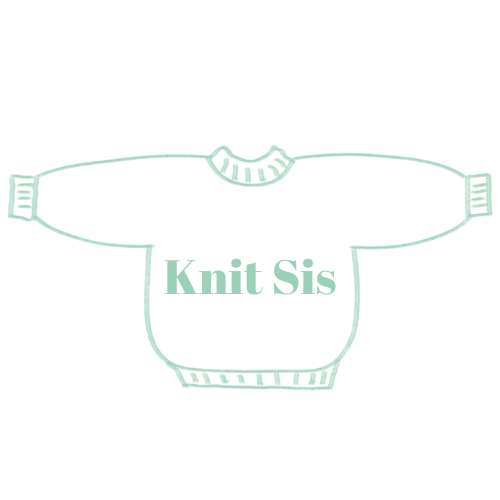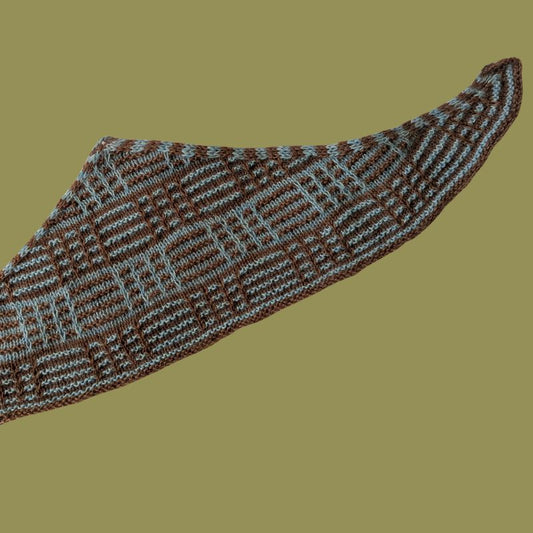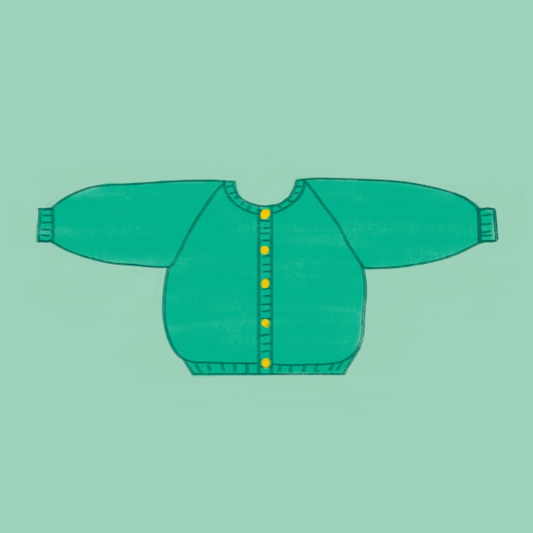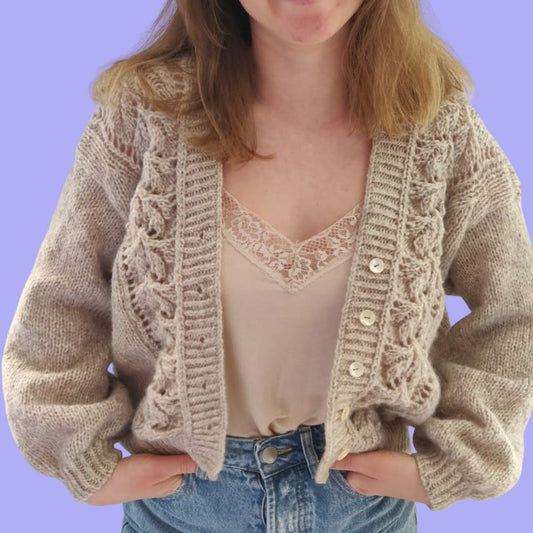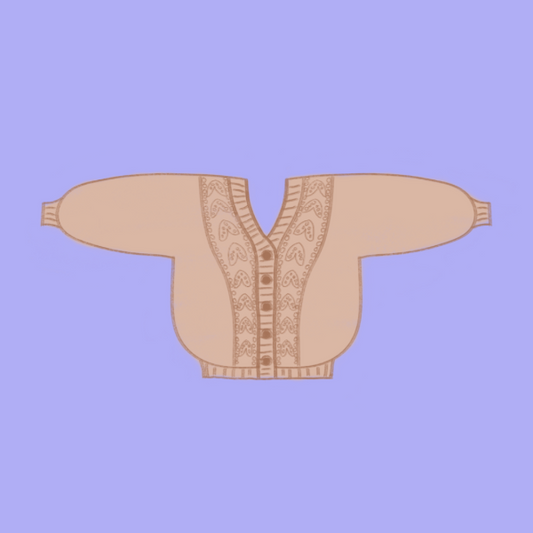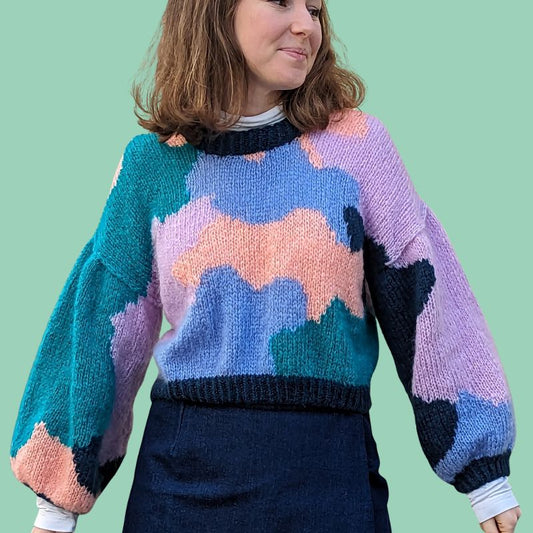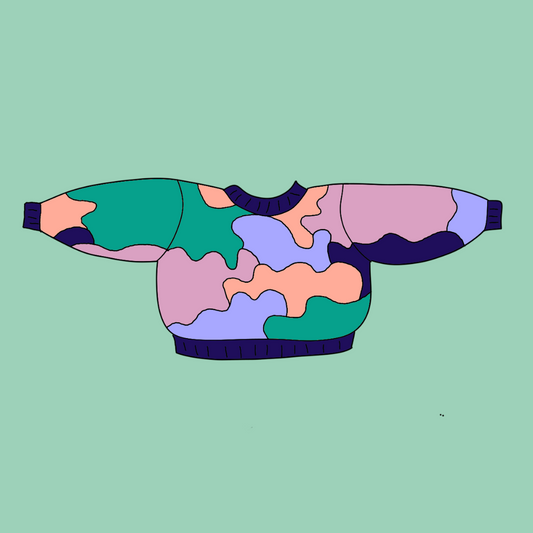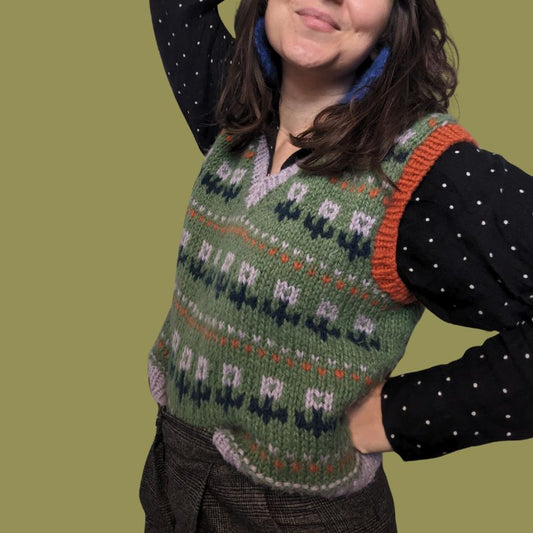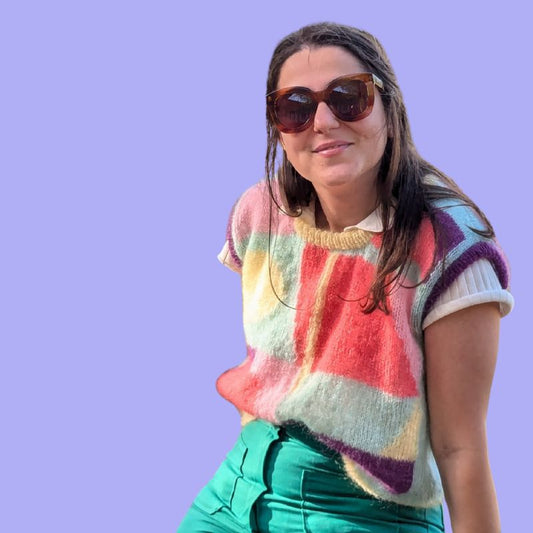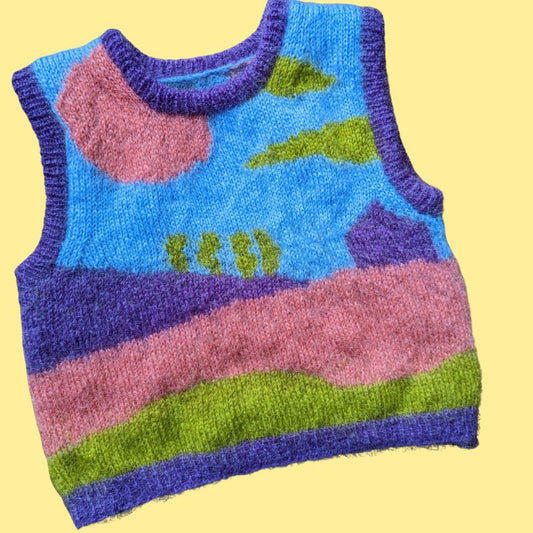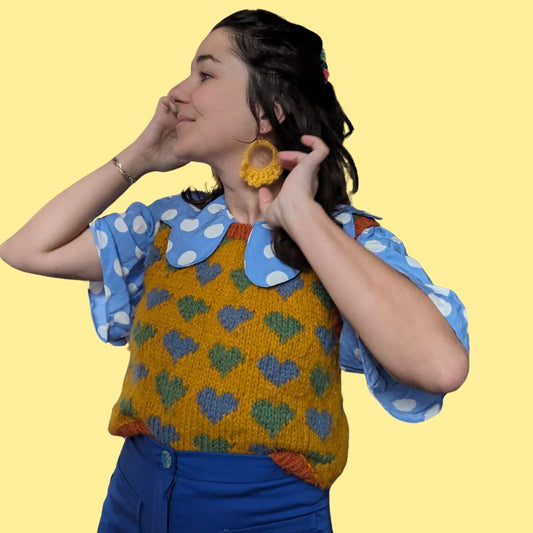Difference Between Color Change Techniques in Knitting: The Complete Guide
Knit SisShare
Changing the color of a knitting project can transform a simple creation into a unique work of art. But how do you choose the best technique for your projects? In this article, we explain the differences between the main color change methods and help you master each one. Also check out Knit-Sis ’ patterns , perfect for practicing while creating fun and colorful pieces.
Why change color in knitting?
Adding colors to your projects allows you to:
- Create unique patterns.
- Bring contrast and depth.
- Customize your works.
But not all color-changing techniques are created equal! Here’s an overview of the most popular methods and their specificities.
The main color change techniques
1. Jacquard: Ideal for detailed patterns
Jacquard involves working with multiple threads in a row to create patterns. Unused threads are carried to the back of the work.
Benefits :
- Perfect for repetitive or complex patterns (snowflakes, geometric shapes).
- Adds interesting texture with floating threads.
Disadvantages:
- Can be difficult for beginners due to managing floating wires.
- Requires good control of the thread tension.
(Tip: Use marker rings to easily follow the pattern.)
2. Intarsia: For well-defined blocks of color
Intarsia is a technique where each colored section is knitted with a different ball or bobbin. Unlike jacquard, there are no floating threads on the back.
Benefits :
- Ideal for large, defined patterns like stripes or abstract shapes.
- The back of the work is cleaner.
Disadvantages:
- Thread changes require crossing colors to avoid holes.
- Can get complex with lots of color blocks.
(Did you know that the Knit-Sis' Splashie Sweater is designed to master intarsia?)
3. The classic stripe: Simple and quick
This method involves changing color with each new row or at regular intervals.
Benefits :
- Perfect for beginners.
- No need to manage multiple threads at the same time.
Disadvantages:
- Less suitable for complex patterns.
- The edges can be uneven if the threads are not crossed properly.
4. Color change at the edge (slip-stitch knitting)
This technique uses slipped stitches to incorporate colorful patterns without carrying the threads.
Benefits :
- Easy to learn, even for beginners.
- Allows you to create elegant designs with minimal effort.
Disadvantages:
- Less control over pattern details.
- May seem limited for more complex creations.
How to choose the right method?
It all depends on the project and your preferences:
|
Technical |
Ideal for |
Recommended level |
|
Jacquard |
Intricate patterns, Nordic sweaters |
Intermediate to advanced |
|
Intarsia |
Color blocks, abstract patterns |
Beginner to intermediate |
|
Classic stripes |
Quick and easy projects |
Beginner |
|
Slipped stitches |
Subtle graphic effects |
Beginner to intermediate |
(Tip: Try several techniques with simple projects before embarking on complex creations.)
FAQ: Everything you need to know
Which technique is easiest for a beginner?
Changing the color to classic stripes is the easiest to start with.
How to avoid gaps between colors?
Cross the threads at each color change, especially for intarsia.
Can we mix several techniques in the same project?
Absolutely! For example, combine jacquard for detailed patterns with stripes to simplify certain sections.
(Need inspiration? Knit-Sis models often mix techniques for an original and modern look.)
Knit-Sis Patterns: Great for practicing color changes
Explore all our patterns here!
Conclusion: Make your creations shine with color!
Changing colors in knitting may seem complicated, but with the right techniques and a little practice, you can create unique and colorful pieces. Try Knit-Sis' patterns to get started and discover the joy of knitting with colors!
(Tip: Download a pattern today and start experimenting!)
Featured Snippet
Question: What is the difference between jacquard and intarsia in knitting?
Answer: Jacquard involves carrying the threads to the back to create patterns, while intarsia uses distinct blocks of color without floating threads.
